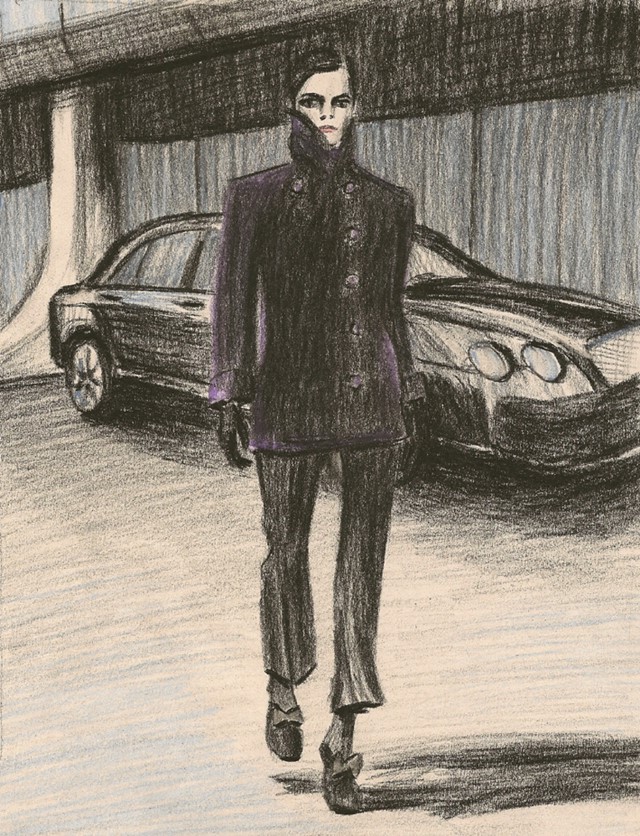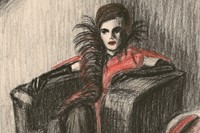It might seem rather simplistic to point out that trousers are back in fashion. To the layman, they never really left. But the international catwalks have been in the grip of a prolonged flirtation with dresses...
It might seem rather simplistic to point out that trousers are back in fashion. To the layman, they never really left. But the international catwalks have been in the grip of a prolonged flirtation with dresses – from cocktail and bandage to shoulder-padded and maxi – for several seasons, and it's only in autumn/winter 2010 that trousers have really got back into their stride.
The smorgasbord at the collections included cropped versions at Céline, wide-leg 70s flares at Chloé, narrow-to-the-knee with a gentle (whisper it) bootcut at Gucci, and tight skinnies at Burberry. It’s part of movement within fashion to present consumers with “real clothes” – not because previous offerings were “fake,” but because times have changed and people need clothes that they can live in as well as party.
Of course, “living” is very much the raison d’etre of the trouser within womenswear. Since the first female pragmatist realised she couldn’t get much done in a corset and crinoline, trousers have symbolised “can do,” promising liberté, egalité and entrance to the fraternité from within their unrestrictive seams. It’s no coincidence that trends for trousers have come at times when females have been centre stage: the advent of women’s suffrage, during the second world war when they took jobs in factories, and the rise of women's lib.
The first trousers were capacious, baggy bloomers, named after the woman who popularised them, Amelia Bloomer, in the 1850s. They were worn beneath knee-length skirts to preserve modesty while allowing a little more freedom of movement. Gradually, the overskirts came off and the trousers themselves narrowed, as designers such as Poiret encouraged the wearing of harem pants beneath lampshade tunics. The resultant “garconne” look during the 20s, a version of luxurious androgyny, was referenced this season by Céline, in relaxed crops, and by Hannah MacGibbon at Chloé, in bagged-out, mannish peg trousers.
Maison Martin Margiela, too, riffed on trousers, with cartoonish and hyperbolic pairs that floated around models' waists like giant paper cut-outs; Margiela's signature use of strung-out tailoring to suggest a mood in fashion is well-documented, and his compatriot Ann Demeulemeester also showed voluminous trousers that referenced her innovative drop-from-the-hip styles from the early 90s. If ever there was a cult garment, this was it, coming at the height of low-fi and grunge-inspired minimalism. This time though, she paired them with flamboyant feathers and brightly coloured leathers to suggest their integration into a more modern wardrobe.
The new trouser revolution indicates a change of direction for fashion, as much as it does the current vogue for understatement and stealth-wealth. It signifies a change of heart for the modern, sartorially minded woman and her notions of elegance. To quote ZZ Top, she's got legs and she knows how to use them – and this time around, she'll be the one wearing the trousers.
Zoë Taylor has appeared in Le Gun, Bare Bones, Ambit and Dazed & Confused. She is currently working on her third graphic novella and an exhibition.



